How can AI help you skyrocket your employee experience and engagement: A complete guide
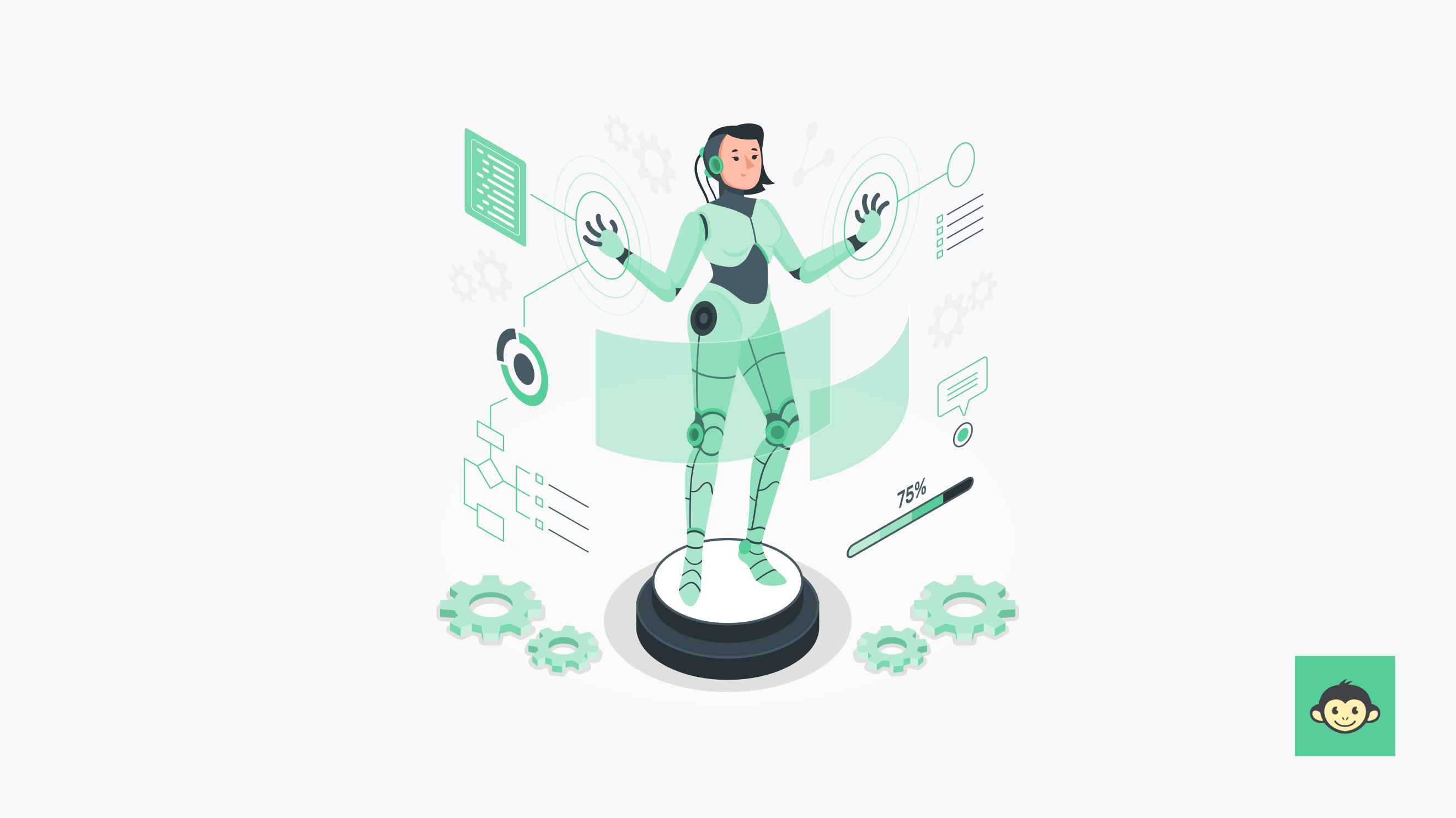
In today's competitive business environment, fostering a happy and engaged workforce is no longer a privilege, it's a necessity. Disengaged employees cost companies billions each year, impacting productivity, innovation, and customer satisfaction.
But with a constantly evolving work landscape, multiple systems, and a diverse range of employee needs, crafting a one-size-fits-all approach to employee experience feels nearly impossible.
Enter Artificial Intelligence (AI). AI isn't just science fiction anymore; it's a powerful set of tools and technologies that can revolutionize your approach to employee experience. With AI for small businesses, even lean teams are streamlining workflows and delivering better experiences across the board.
This comprehensive guide will delve into the exciting world of AI-powered employee engagement. We'll explore how AI can personalize learning and development programs, automate mundane tasks, and even analyze employee sentiment to identify areas for improvement.
What Is digital employee experience?
Digital employee experience refers to the holistic interaction and engagement that employees have with digital tools, platforms, and technologies within the workplace.
It encompasses the entire spectrum of digital interactions, from communication and collaboration tools to software applications and online training platforms. Digital employee experience aims to enhance employee productivity, satisfaction, and well-being by providing seamless, user-friendly, and efficient digital solutions.
A positive digital employee experience ensures that employees can easily navigate and leverage digital resources to perform their tasks, fostering a conducive work environment. It involves optimizing interfaces, streamlining processes, and ensuring the accessibility of digital tools.
Elements such as responsive design, intuitive interfaces, and personalized user experiences contribute to a favorable digital employee experience.
Organizations invest in digital employee experience strategies to empower their workforce, promote efficient workflows, and ultimately create a digital ecosystem that aligns with employees' needs, thereby fostering a more engaged and productive work environment.
How is AI transforming the workplace?
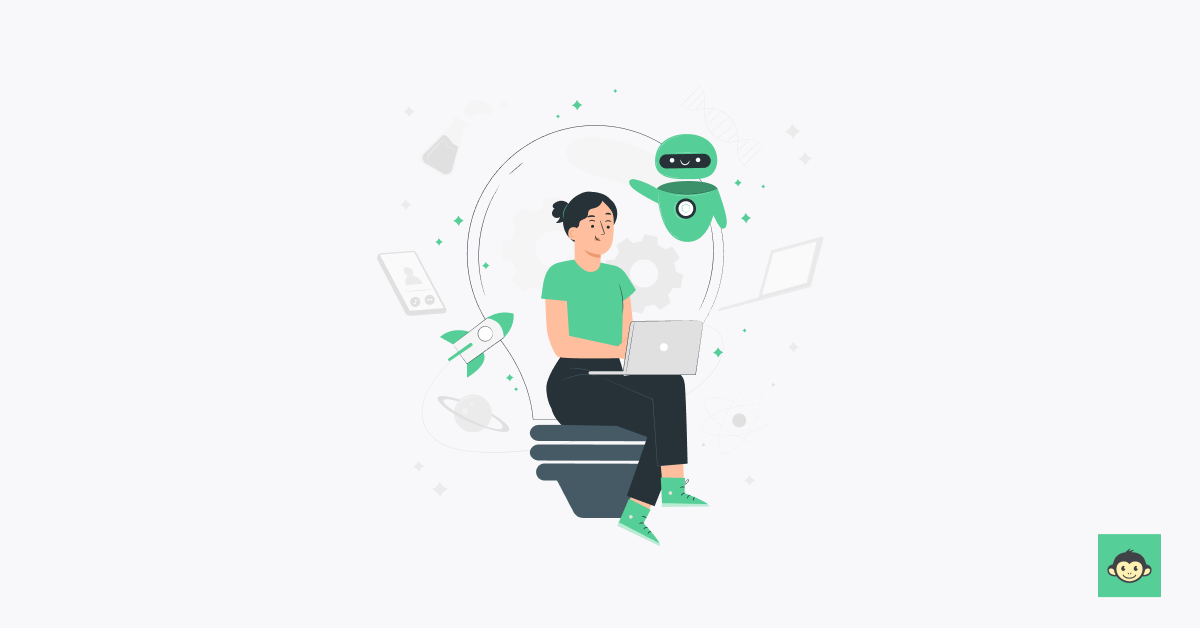
Artificial Intelligence (AI) is revolutionizing the workplace across various industries, reshaping processes, and augmenting human capabilities. AI's impact is profound and multifaceted playing a major role in supporting employees.
One key transformation lies in automating routine and mundane tasks, allowing employees to focus on higher-value, creative, and strategic activities. Various types of AI agents, including intelligent automation and machine learning algorithms, optimize workflows, boosting efficiency and reducing errors.
Moreover, AI enhances decision-making through data analysis, providing customers with valuable insights for informed choices.
Chatbots and virtual assistants powered by AI streamline communication and support, improving customer service and internal interactions. In HR, AI aids in talent acquisition, automating resume screening, and identifying top candidates.
Workplace safety benefits from AI-driven predictive analytics, foreseeing potential hazards. Collaborative tools with AI integrations facilitate seamless teamwork and knowledge sharing.
However, the evolving role of AI raises concerns about job displacement, requiring proactive measures for upskilling and reskilling the workforce. Overall, AI's transformative impact on the workplace is marked by increased productivity, innovation, and adaptability to the dynamic demands of the digital era.
How is AI used in employee experience?
AI plays a pivotal role in enhancing employee experience (EX) by introducing intelligent solutions that streamline processes, improve communication, and personalize interactions.
One key application is in recruitment, where AI facilitates efficient talent acquisition by often automating mundane tasks of resume screening, identifying suitable candidates, and even conducting initial interviews. This speeds up the hiring process and ensures a more objective evaluation of applicants.
In the onboarding process, AI-driven platforms offer personalized training programs, adapting content based on individual learning styles and progress.
Virtual assistants powered by AI provide real-time support, answering queries and guiding employees through various processes. This not only enhances efficiency but also contributes to a positive onboarding experience.
AI-driven analytics tools help HR professionals gain insights into employee engagement, satisfaction, and performance.
Predictive analytics can anticipate potential issues, allowing proactive interventions to improve workplace conditions. AI also powers sentiment analysis in employee feedback, enabling organizations to understand and address concerns effectively.
Moreover, AI contributes to workplace wellness by providing personalized well-being recommendations, tracking stress levels, and promoting a healthier work-life balance.
By automating routine tasks, AI allows employees to have time spent focusing on more meaningful and fulfilling aspects of their roles. Overall, AI in employee experience fosters a more engaging, supportive, and efficient work environment.
How can AI improve employee engagement?
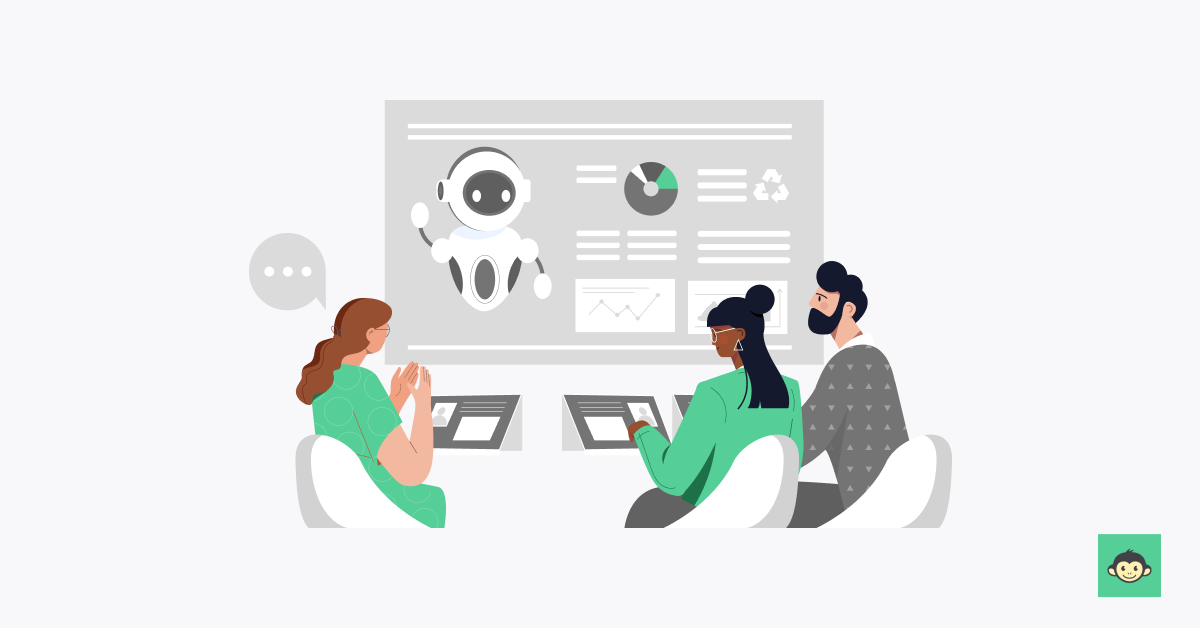
AI can significantly enhance employee engagement by introducing intelligent solutions that cater to individual needs, streamline processes, and enable engaged employees to foster a more personalized and supportive work environment.
Here are several ways in which AI contributes to improving employee engagement:
Personalized learning and development
AI-powered platforms can enable employees to improve their skills, by offering learning styles that are personalized. This tailored approach helps employees acquire new skills and knowledge at their own pace, leading to increased engagement in professional development.
Feedback and recognition
AI tools can facilitate real-time feedback mechanisms and recognition programs. Automated recognition systems based on performance data can ensure timely acknowledgment of achievements, boosting morale and motivation.
Predictive analytics for employee satisfaction
AI-driven analytics can predict patterns related to employee satisfaction and potential disengagement. By analyzing communication patterns and identifying factors that influence engagement, organizations can proactively address issues before they escalate.
Chatbots for employee support
AI-driven chatbots provide instant support for routine HR queries, allowing employees to access information quickly and efficiently. This reduces frustration and enhances the overall employee experience.
Wellness and work-life balance
AI can contribute to employee well-being by monitoring stress levels, encouraging breaks, and promoting a healthy work-life balance. Smart scheduling tools powered by AI can optimize work hours, preventing employee burnout and fatigue.
How AI help address common HR challenges in employee engagement?
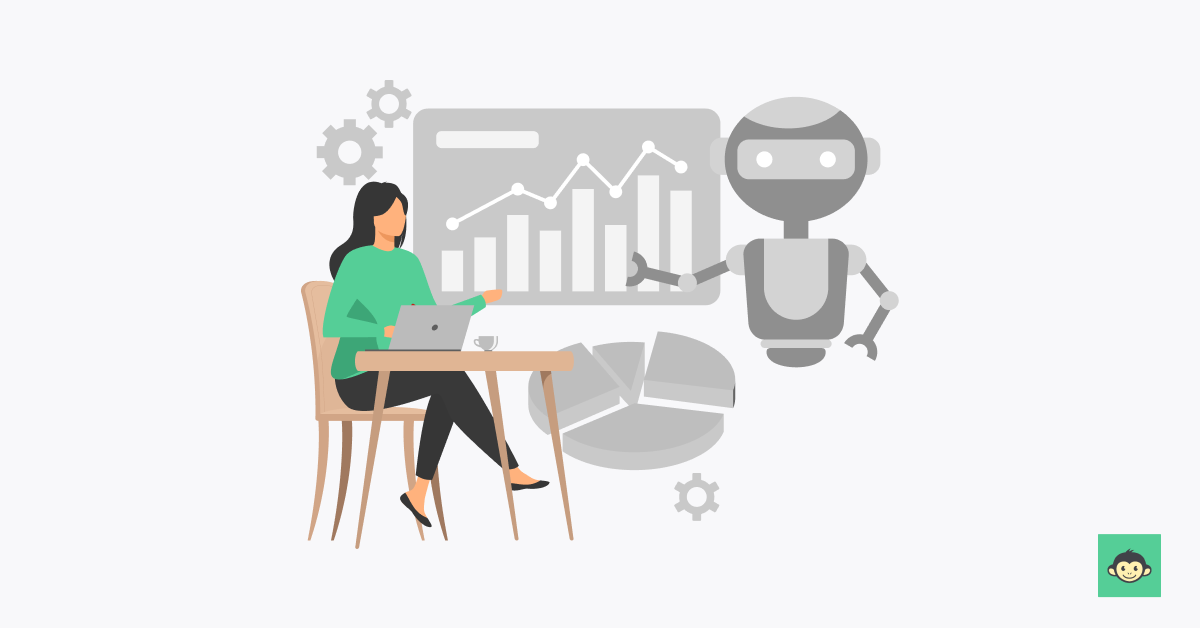
AI offers innovative solutions to address common HR challenges in employee engagement, providing efficient and tailored approaches to enhance the overall employee experience.
- Talent acquisition and onboarding: AI streamlines the recruitment process by analyzing vast amounts of data to identify the best-fit candidates quickly. Additionally, during onboarding, AI-driven platforms deliver personalized training content, accelerating the integration of new hires into the company culture, improving employee experiences, and boosting early engagement.
- Predictive analytics for employee turnover: AI's predictive analytics capabilities help HR teams forecast potential employee turnover. By analyzing various factors contributing to disengagement, organizations can implement preventive measures, such as targeted interventions or personalized development plans, to retain valuable talent.
- Diversity and inclusion initiatives: AI helps organizations identify and address biases in hiring and promotion processes, contributing to more inclusive workplaces. By analyzing data, AI supports HR teams in creating diverse teams, and fostering a culture of belonging and engagement.
- Personalized communication: AI helps tailor internal communication by analyzing individual preferences and communication patterns. This ensures that employees receive relevant information, fostering a sense of inclusion and connection.
What is the role of artificial intelligence in employee engagement and retention?
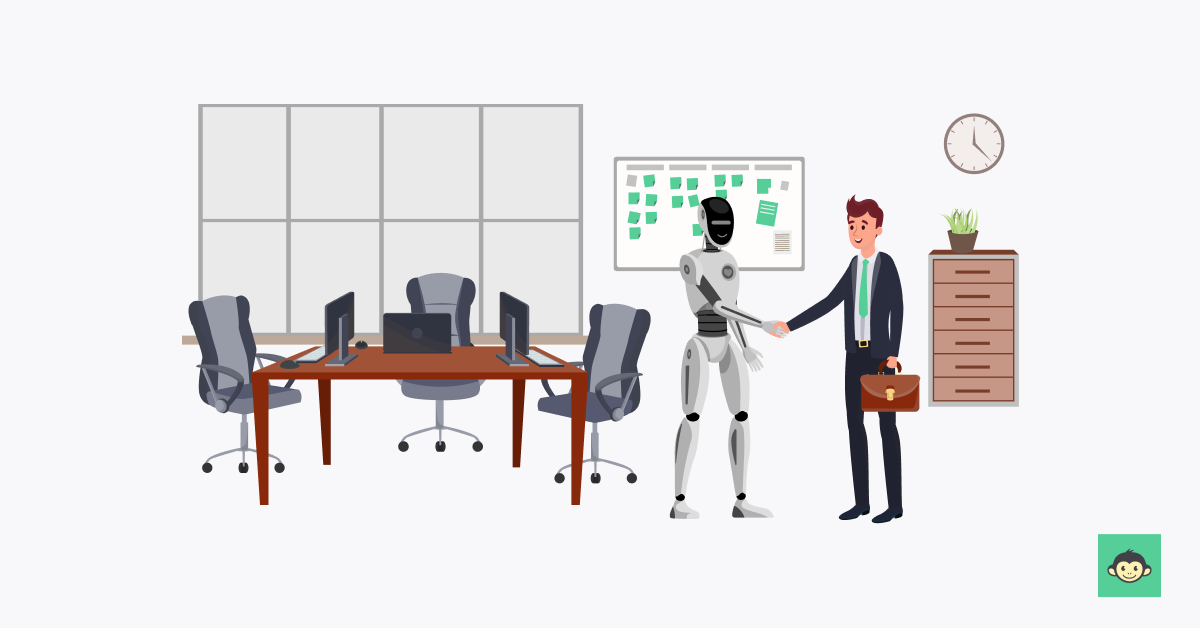
Artificial Intelligence (AI) plays a crucial role in transforming employee engagement and retention strategies. AI facilitates personalized experiences by analyzing employee data, tailoring learning paths, and recommending development opportunities.
Automated feedback mechanisms and real-time recognition contribute to a positive work environment, boosting morale and engagement. Predictive analytics in AI helps identify potential turnover risks, enabling proactive interventions to retain valuable talent. Chatbots powered by AI enhance communication, providing instant support for HR queries and promoting a sense of connection.
Through data-driven insights, AI contributes to diversity and inclusion initiatives, addressing biases in recruitment and fostering an inclusive workplace. Ultimately, AI empowers organizations to create dynamic, responsive, and employee-centric environments that enhance engagement and contribute to long-term retention.
13 Ways to use AI to improve the employee experience
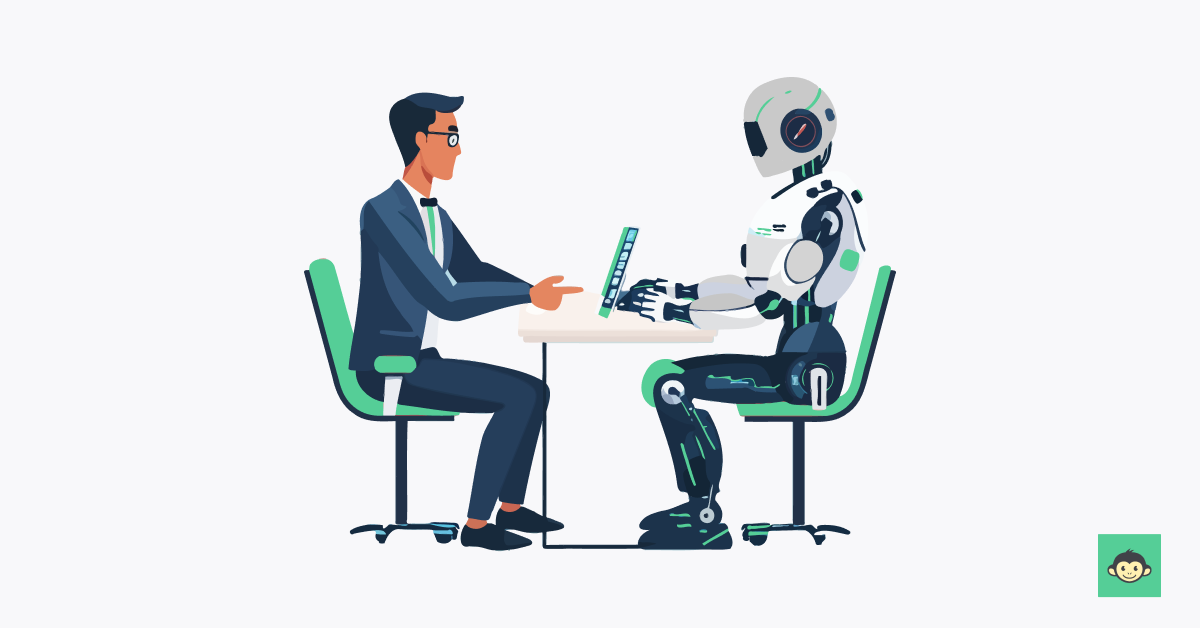
Here are 13 ways your organization can use AI to improve employee experience.
- Cognitive skills assessment: Use AI to assess employees' cognitive skills, identifying strengths and weaknesses to tailor personalized learning paths that enhance individual capabilities and contribute to professional development.
- Interactive virtual reality onboarding: Introduce AI technology and interactive virtual reality experiences for onboarding, offering immersive simulations and scenarios that familiarize new hires with company culture, policies, and procedures.
- Continuous sentiment analysis: Implement real-time sentiment analysis using AI tools to gauge employee sentiments, providing immediate insights into morale, engagement, and potential areas for improvement.
- Attrition risk prediction services: Utilize AI-driven algorithms to predict attrition risks by analyzing various factors such as job satisfaction, work-life balance, and career growth opportunities, enabling proactive retention strategies.
- AI-powered employee recognition platform: Deploy an AI-powered employee recognition platform that autonomously identifies, and rewards exceptional performance based on predefined criteria, fostering a culture of appreciation.
- Virtual HR assistant with natural language processing: Integrate a virtual HR assistant equipped with natural language processing capabilities to handle complex HR queries, offering personalized assistance and improving overall communication efficiency.
- Stress heatmap monitoring: Implement AI tools to create stress heatmaps by monitoring workload, deadlines, and project complexities, allowing HR to identify and alleviate potential stressors for employees.
- Inclusive language analysis: Leverage AI to analyze language in communications and job descriptions, ensuring inclusivity and identifying potential biases to promote diversity and create a more inclusive workplace.
- Algorithmic task allocation: Use AI algorithms to optimize task allocation among teams, even complex tasks, considering individual skills and preferences to ensure a balanced workload and prevent overburdening.
- Intelligent document collaboration: Introduce intelligent document collaboration tools that utilize AI to analyze and categorize information, facilitating seamless collaboration and knowledge sharing among employees.
- Dynamic performance dashboards: Implement AI-driven dynamic performance dashboards that provide real-time insights into individual and team achievements, fostering transparency and encouraging healthy competition.
- Behavioral feedback loop: Establish a behavioral feedback loop using AI to continuously analyze employee behaviors, providing personalized feedback to reinforce positive habits and address areas for improvement.
- Adaptive employee surveys: Utilize adaptive surveys powered by AI to gather employee feedback, dynamically adjusting questions based on previous responses to ensure a more nuanced understanding of sentiments and concerns.
5 Employee experience AI examples to get a sense of the idea
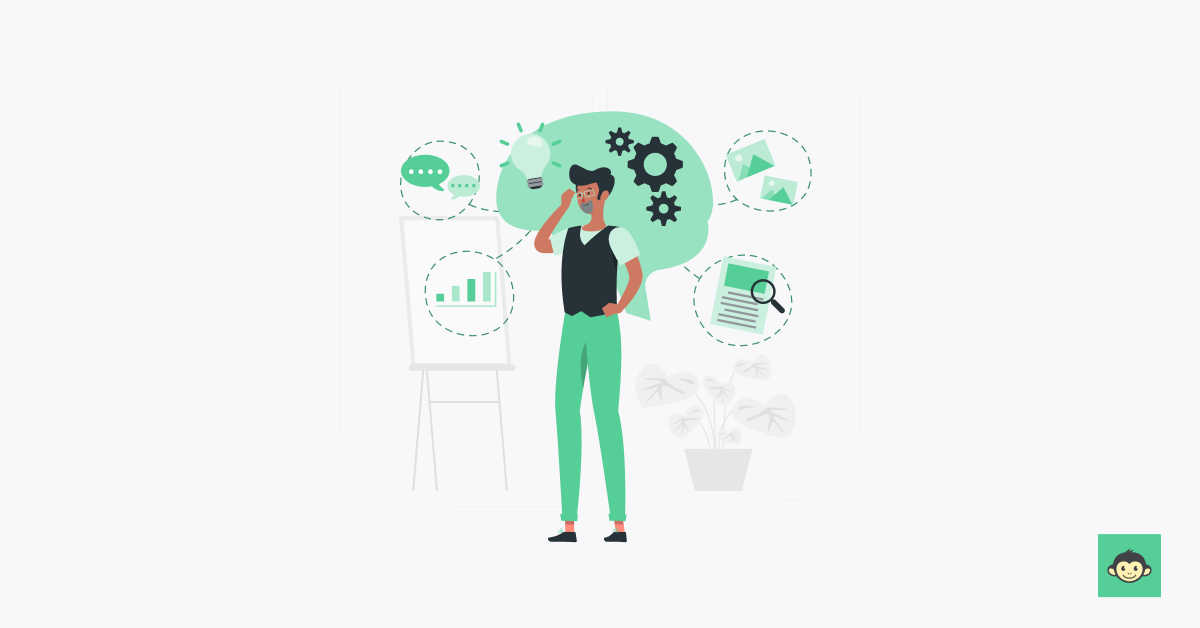
- Learning and development platforms: AI-driven learning platforms assess employees' skills and preferences, recommending personalized training modules. This technology ensures individualized professional development, contributing to a positive employee experience by aligning learning opportunities with individual needs.
- Chatbots for HR support: AI-powered chatbots offer instant HR support, answering queries on benefits, policies, and procedures. This provides employees with quick access to information, streamlining communication and enhancing the overall employee experience by ensuring timely and accurate responses.
- Performance analytics: AI-driven performance analytics tools analyze employee productivity, identifying patterns and trends. By providing actionable insights, organizations can make data-driven decisions to enhance performance, contributing to a more engaging and rewarding work environment.
- Employee recognition platforms: AI-enhanced recognition platforms autonomously identify and reward exceptional employee performance. By automating the recognition process based on predefined criteria, organizations foster a culture of appreciation, boosting morale and job satisfaction.
- Predictive analytics for turnover prevention: AI utilize predictive analytics to identify factors contributing to potential employee turnover. By analyzing various data points, organizations can proactively implement retention strategies, addressing concerns about employee attrition and ensuring a more stable and satisfied workforce.
Top 5 employee experience AI tools
1. CultureMonkey
By harnessing the power of AI, the CultureMonkey tool goes beyond traditional methods of employee engagement. It intelligently analyzes sentiments expressed by employees, detects patterns, and predicts trends, providing invaluable insights into the overall employee experience.
From detecting early signs of disengagement to identifying areas for improvement, the platform’s AI-driven solution empowers organizations to proactively address issues and enhance employee satisfaction.
Learn more about CultureMonkey
2. Microsoft Viva
Microsoft Viva is an employee experience platform that utilizes AI to personalize the work experience. It analyzes data across Microsoft 365 to recommend learning paths, improve communication through features like Viva Connections, and track goals.
Viva aims to boost employee engagement and productivity by creating a central hub for work activities and development.
Learn more about Microsoft Viva
3. Aisera
Aisera leverages AI to provide an intelligent conversational platform for employees. It integrates with Microsoft Teams, acting as a virtual assistant that understands user intent.
This conversational AI streamlines workflows and empowers employees with self-service options, ultimately aiming to reduce workload and boost satisfaction.
Learn more about Aisera
4. Hibob
The tool leverages AI to automate HR tasks and processes, freeing up HR professionals for strategic initiatives. Their AI-powered applicant tracking system simplifies recruitment, while their onboarding tools automate paperwork and scheduling.
Hibob also offers functionalities for performance management and people analytics to optimize HR processes and decision-making.
Learn more about Hibob
5. Amplifire
It tackles employee experience through AI-powered communication and engagement tools. It fosters peer recognition to boost morale and provides a platform for social learning and knowledge sharing. Amplifire also empowers content creation and management for improved internal communication.
Learn more about Amplifire
Conclusion
Leveraging artificial intelligence, especially generative AI in the realm of employee experience has become instrumental in reshaping traditional HR practices.
The adoption of AI tools, such as personalized learning platforms, real-time feedback mechanisms, and predictive analytics for turnover prevention, is revolutionizing the way organizations engage and retain their workforce.
As organizations strive to enhance productivity, foster a positive culture, and adapt to evolving workforce expectations, integrating AI-driven solutions into their employee experience strategies emerges as a key imperative for sustained success in the modern workplace.
Embracing the synergy between AI and employee experience is not just a technological advancement; it represents a strategic evolution towards a more agile, responsive, and fulfilling work environment for employees across diverse industries.



